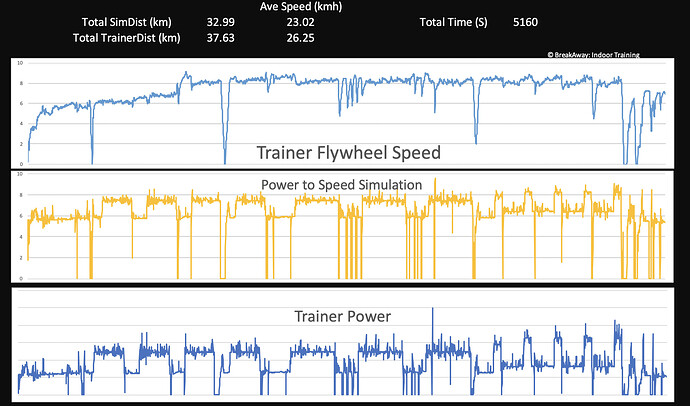From other conversation: We use a recognized formula which includes rider weight. But below is a different conversation 
I think speed from smart trainer does not come from flywheel speed directly but I am also not sure  but generally it’s some device conversion from power to speed/distance and the how it works is probably not that important. We use our own conversion math which factors in riders weight and works with our map instead of reading it from the trainer it’s self. Also because the trainer slows can be very off a persons outdoor speed it allows us to semi-accurately apply this drag factor to adjust.
but generally it’s some device conversion from power to speed/distance and the how it works is probably not that important. We use our own conversion math which factors in riders weight and works with our map instead of reading it from the trainer it’s self. Also because the trainer slows can be very off a persons outdoor speed it allows us to semi-accurately apply this drag factor to adjust.




